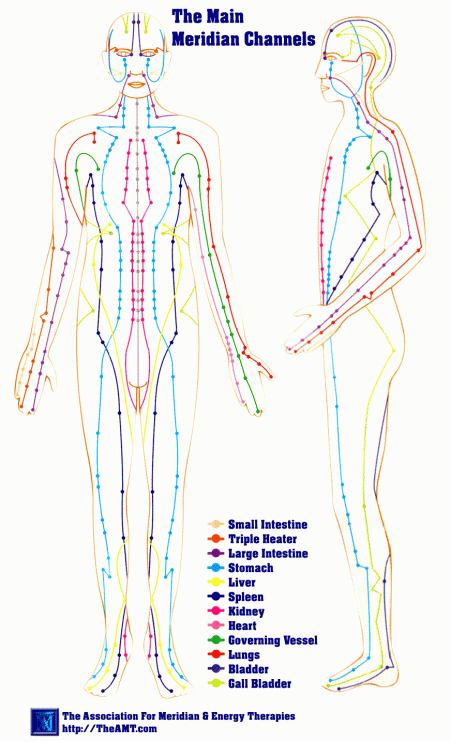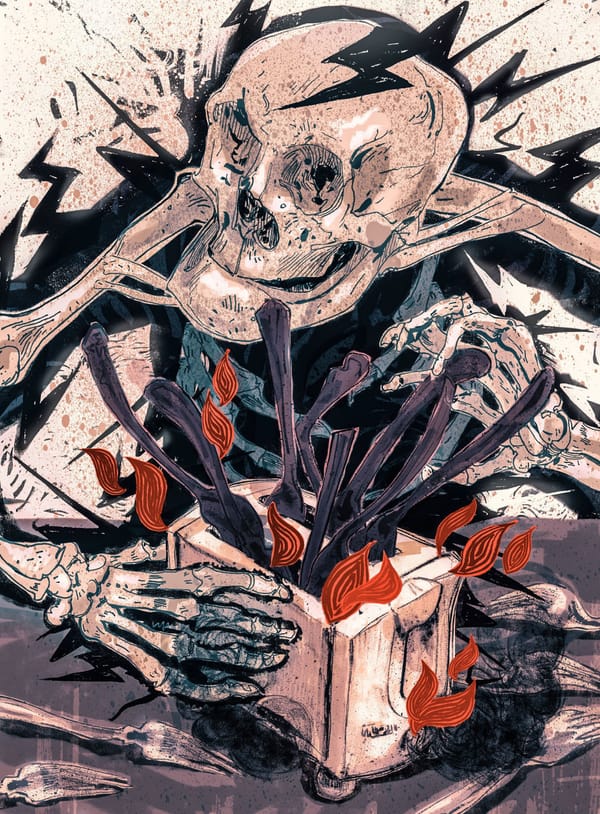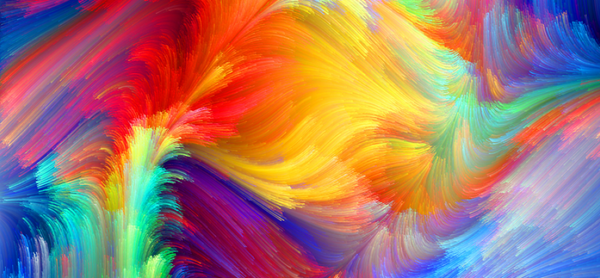meridians and aikido | 2016-01-06

traditional chinese medicine (TCM) maintains that chi moves around the body in a predictable and set fashion by way of the meridian system through channels or vessels. chi continuously circulates through the body and also activates certain systems at particular times of day. since these times and areas of activation are predictable, TCM can use this to determine mental health issues and causes of illness (e.g. frequently waking up between 1-3am, accompanied with strong feelings of anger, frustration, and rage could be a sign of too much anger, frustration, or rage or a sign of liver issues… or, maybe, people just get mad when they wake up that early…). there is a multiplicity of possible causes for
the many and varied things a body can do but TCM uses some methodologies to decipher the possibilities.
generally, the theory goes that if your chi is flowing well and if you have plenty of jing, you’ll feel great and everything will be awesome for you.
since medical theory/practice and culture tend to run alongside each other, the meridian concepts from TCM bled over into a variety of other places.
acupuncture, for example, activates a myriad of points on the body to adjust and allow for the flow of chi to help prevent back pain, digestion issue, head aches, heart palpitations, and, likely, anything else that might not be good. these points aren’t random, of course, but are very specifically mapped to follow the course of chi through the body, as this diagram will show you. so, if you’re having trouble digesting foods and frequently have an upset stomach, an acupuncturist may activate the gall bladder point just under your cheek bone in order to encourage chi-flow through that point — or they might choose one or all of the other dozens of gall bladder points.
practitioners of yoga and qigong also take the meridian system quite seriously and have catalogs of stretches and forms which are intended to promote the healthy, relaxed flow of chi through those vessels.
taoists, who take chi, yin yang, and the general balance of the universe very seriously indeed, apply these concepts to all sorts of things, including ‘the joining of essences‘.
in a situation closer to my personal interest (not that i’m not a closet taoist), a large number of martial arts also employ the concepts of the meridian system and/or chi to either relax and control themselves or stress and control their opponents. this practice can commonly be referred to as neijing — the conscious control of chi. these concepts are applied to varying degrees within many martial arts, including baguazhang, snake kung fu, tai chi, and, of most interest to me, aikido.
in aikido, practitioners learn to use body mechanics, momentum, and energy flow to keep their opponents off-balance and to throw them around like rag dolls while intending to inflict as little harm as possible. (follow a little further in that ‘ragdolls’ video to hear how the tokyo police made aikido training mandatory for riot police and for female officers). further, aikido practitioners learn to make use of the meridian system through many of the same points an acupuncturist would, except in an opposite fashion. while the acupuncturist above activated that little spot under your cheek bone to assist in digestion, an aikido man might press that point upward (against the flow of chi in that spot), causing you pain and a large desire to pull away from that point. similarly, he might activate a couple of points on your arm to make you stop struggling and come with him. aikido generally puts these points in larger groupings (e.g. there are fewer gall bladder points than the dozens in acupuncture) and relates them to theirassociated elements a little more frequently (fire, water, earth, metal, wood). this assists in learning things a little more quickly and making broader and less precise activation a little easier (e.g. striking three different elemental points in quick succession to cause someone to pass out — which i can do, at least in theory 😉 ).
the concept of chi and its power, if controlled, has been used to explain all sorts of things from sickness to phenomenal feats of strength and endurance. all of those feats and sicknesses have also been explained using modern medicine, physics, and math. but, modern medicine has also recently come to realize that the various points on the body which are described in acupuncture, martial arts, yoga, and a variety of other places, seem to have different properties than the rest of the body, so, maybe, there’s something to it.
i can certainly attest to the helpfulness of thinking about how energy/force/power flows through someone’s body when attempting to do ‘energy drills’ in my JKD classes. check out this series of videos onhubud (one of my favourite energy drills) to get an idea of what i’m talking about. note: john koeshell is the instructor of my instructors and daniel yeates, my current instructor, is the guy in the white shirt doing the drill with him (they are in my current gym, too).
so far on the chinese meridian system and aikido



